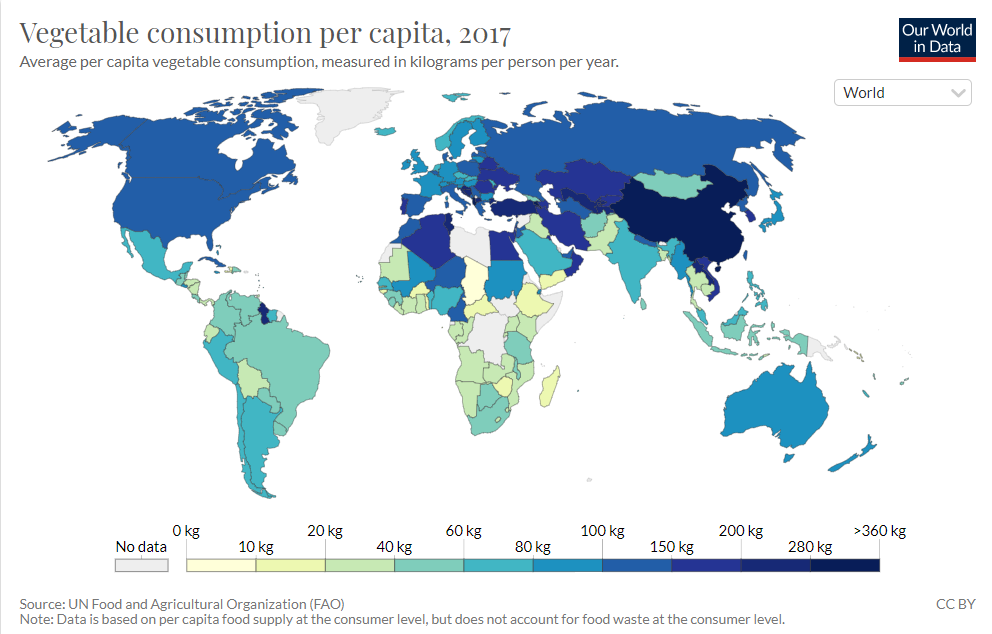The origin of the English pub
By The English Farm, September 13 2022Atlas Obscura, a publication about travel and culture, notes that a pub has always been more than just a place that sells beer for the British. The pub has brought communities together for centuries, and the tavern tradition of spending the evening with your peers continues to this day. Few know, however, that pubs became popular following the plague known as the Black Death of the 14th century.
The Black Death killed nearly half of England's population after it reached the British Isles in 1348. By the 1370s, it had caused a critical labor shortage. Eventually, this proved a boon for the peasantry of England, who could demand higher wages for their work and achieve higher standards of living. As a result, households selling or giving away leftover ale were replaced by more commercialized, permanent establishments set up by the best brewers and offering better food.



